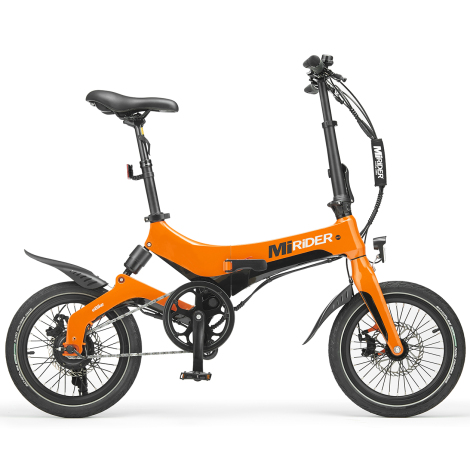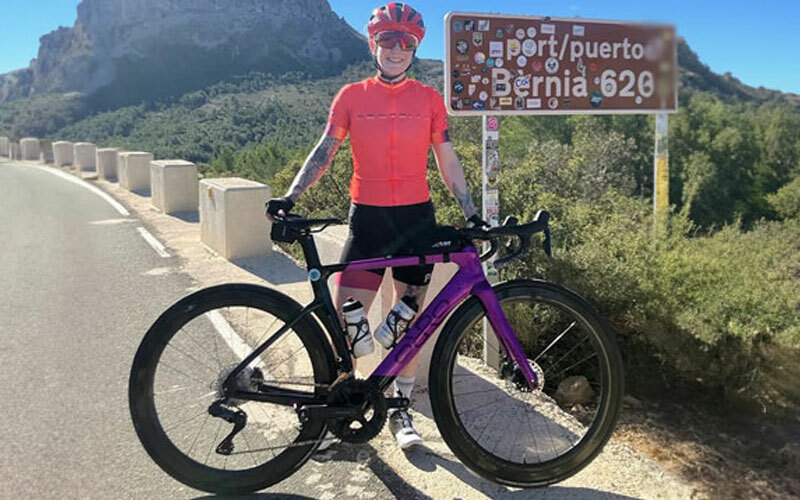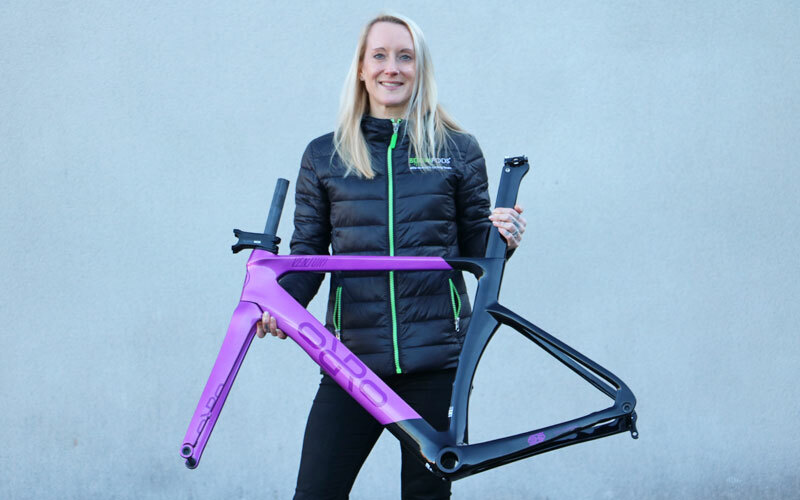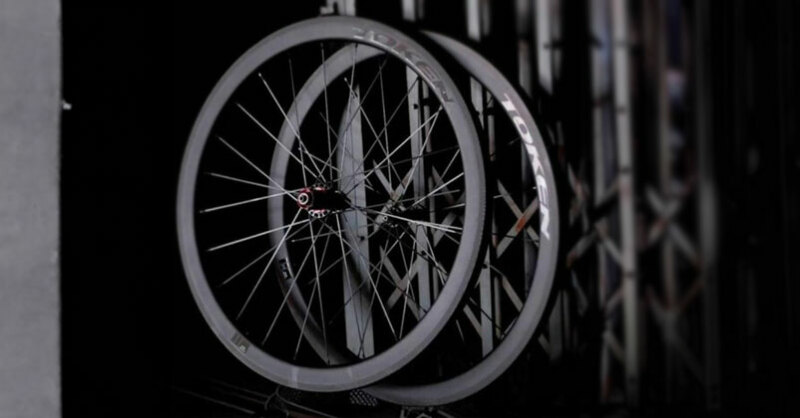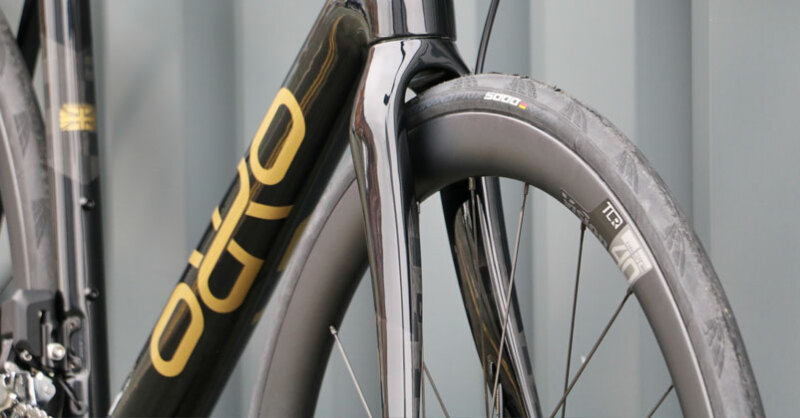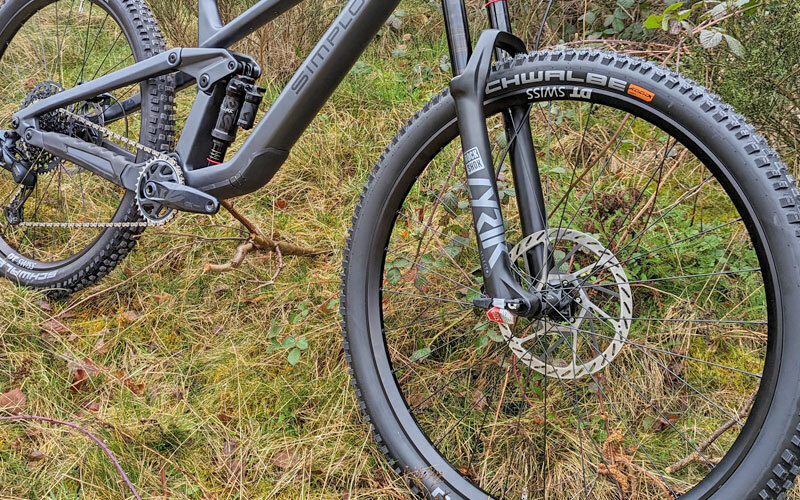Beginners-Guide-to-Commuting
There is a seemingly ever expanding list of reasons commuting by bike makes sense, follow our tips and guidance to make it even easier.
.jpg)
Distance & Route
A little bit of planning goes a long way with your commute to work route. Avoiding busy, major roads and incorporating sections of bike paths / shared paths will reduce the stress riding in traffic. Similarly, riding through parks, green spaces, canal tow paths or using off-road (if your bike is up to it) can all make your ride to work a much more enjoyable experience, rather than sitting in motor traffic or on a crowded train.
The distance and terrain of your commute is another important thing to consider. Riding 30 miles on a weekend is different to riding 30 miles to work, performing your job and then riding 30 miles home. Be realistic, if you live 30 miles away from work, it just might not be doable long term, day in day out. Commuting to work is ideal for those who live less than 10 miles from work or 15 miles for more experienced, fitter riders. A commute time of less than an hour seems less daunting on a regular basis, depending on your route to work, a bike commute might not take much more time than the car, bus or train. It is a great way to get daily exercise too.
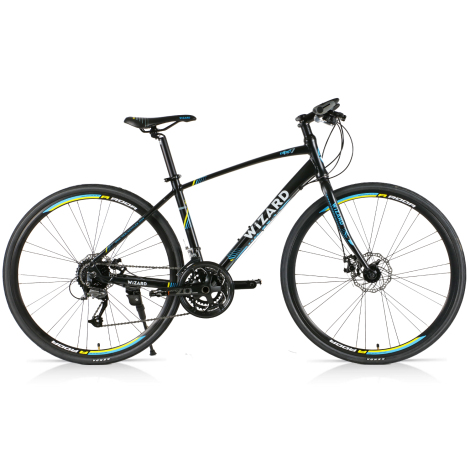
Prep Your Bike
For commuting you need a reliable and comfortable bike that is manoeuvrable and able to roll along at a decent speed. The type of bike doesn’t matter so much – all sorts of bikes get drawn into commuter service, from former race bikes to electric step-thru’s – anything goes! However, if you are parking your bike somewhere in the open and locking it up for the day, a less costly bike that holds less value in may be a better option to deter bike thieves.
.jpg)
Bell
If your ride involves shared / dual use paths, a lot of other bike riders or pedestrians, consider fitting a bell - they are easy to operate and sound much nicer than a shout.
Mudguards
If you are riding in all weather, fit mudguards / fenders - they will keep you much drier and cleaner. All bikes can fit mudguards these days, even ones without mudguard 'eyelets'.
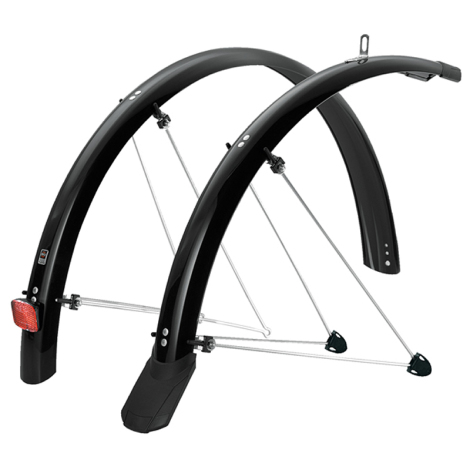
Lights
You will also need to consider lights, especially if your ride is at either end of the day as the daylight starts to fade. If you are riding through winter, you will need lights. Rechargable USB lights are a great option, just make sure the runtime is more than your ride-time and consider carrying a spare light too. Many riders choose to use daylight running lights for extra visibility when riding in traffic.
Carrying Items?
If you need to take a change of clothes or other things to work, each day, there are a couple of options: Backpack or Panniers. There are plusses and minuses for both backpacks and panniers, so think about what you actually need to take each day. If you need to take a laptop or paperwork, the flat sides of panniers might help keep things neat, for example. Not all bikes can fit panniers though - you might have to use a backpack.
.jpg)
Parking
The best option is to have your bike right next to your workspace, so you can keep an eye on it. However, this is not always practical or possible. The next best option is to have a workplace bike storage room / corner where bikes can be locked and only accessible to you and work colleagues. The least secure option is to lock your bike out in the open, if you have to do this, you will need to minimise the chances of your bike being stolen.
TIPS! Lock it Or Lose it
As mentioned above, deterring thieves is the best way to keep your bike. So, if your bike looks less attractive it is less likely to get stolen than a shiny, new big brand bike. Using duct-tape or random stickers can reduce the desirability of your bike to a ‘would be’ thief, this can also protect the frame from scratched and marks from parking.
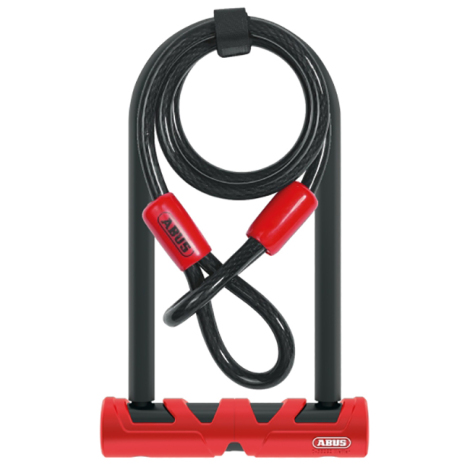
Use a proper bike lock. Locks from specialist manufacturers such as Abus, Oxford or Hiplok are far more difficult to break or remove than a cheap supermarket lock.
Lock both wheels and the frame to an immovable object with the lock mechanism facing away from passers-by and above the ground, this makes a lock-break attempt more awkward and time consuming.
Try to park your bike in a busy location where there are lots of passers-by and if possible under the watchful eye of a security CCTV camera.
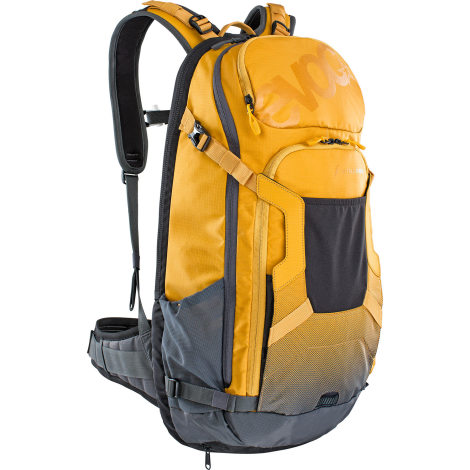
Pack a Bag / Leave a bag at work?
There are a couple of options, either leave a bag at work with your work clothes and washing / deodorant etc, or take a bag each day or just ride in your work clothes. Keep Clean / Showers at work If you work in a modern enlightened workplace where the bosses see the value of having healthy bike commuting staff (who tend to have less sick days), they might provide showers / change facilities. If not, get changed in the toilets and have a quick blast of deodorant to keep colleagues happy. If you need to be cleaner at work, but don't have a shower room, try baby wipes or similar (keep a stash in your desk drawer).
Dry Run
Doing a dry-run of your new commute ride on a non-work day, is a great way to work out when you need to set off for work and if you can use alternative sections of route with less traffic. If you use Strava, you might be able to spot alternative route options popular with other commute riders, these would show up on the ‘segment explore’ map on your route.
Checklist
When you start commuting, having a checklist of things you will need each day, makes its easier. As time goes on, you will automatically remember everything, most of the time - it might pay to have some spare clothing at work though - just in case.
